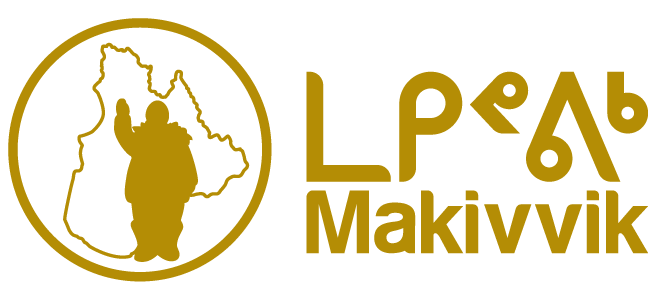Archeologists have found that continuous human habitation in Nunavik goes back more than 4,000 years. Inuit have continued to use and occupy their territories to the present day.
1670: The Hudson’s Bay Company obtains its Charter from the King of England, giving it trading monopoly and land title, including mineral exploration rights over the entire Hudson Bay drainage basin, referred to as Rupert’s Land. Rights of Indigenous people are nowhere mentioned. The territory was later expanded to all of Canada’s north and north-west and became known as Rupert’s Land.
1763: A later English king issues a Royal Proclamation, which includes instructions regarding the settling of North America by Europeans. Specifically, no settlement could occur until the Indigenous peoples agreed to cede their rights in the land through treaties to the Crown.
1869: The Hudson’s Bay Company sells Rupert’s Land to the Government of Canada for $1.5 million and large plots of real estate. The United States offers a much better price, but the British government pressures the Company to let Canada have the North. The sale makes no mention of Indigenous rights, as Prime Minister John A. Macdonald points out: All that these poor people know is that Canada has bought the country from the Hudson’s Bay Company and that they are handed over to us like a flock of sheep.
1912: The Quebec Boundaries Extension Act transfers today’s Nunavik Inuit land from the federally-controlled Northwest Territories to the province of Quebec on the condition that “Quebec will recognize the rights of the Indian inhabitants in the territory” and
“will obtain surrenders of such rights.” Despite the transfer of territory, Canada retained its trusteeship over the Indigenous peoples. The court decides that Inuit be considered “Indians.”
1962: After 50 years of doing nothing, the Quebec government decides to move ahead with assuming administration over the Inuit homeland. But nothing happens until 1964, when René Lévesque, then Minister of Natural Resources, makes a first visit.
1975: The Northern Quebec Inuit Association and the James Bay Cree sign the James Bay and Northern Quebec Agreement (JBNQA). This was the product of an out of court settlement, negotiated under great pressure in the face of Hydro Quebec’s plans to dam the North.It was the first of the Modern Treaties, and a significant achievement by the Inuit and Cree. This achievement was all the more remarkable because it was signed before the Constitution Act, 1982, when the government had the power to extinguish Aboriginal title through legislation without the consent of the Indigenous inhabitants. Despite the many important rights secured in this Agreement, there is still a sense of bitterness and loss at the governments’ insistence that Inuit lands be surrendered. This sentiment is shared by all treaty peoples in Canada who were forced to surrender their Aboriginal title in exchange for treaty rights.
1978: The Nunavik Landholding Corporations finalize their land selections, amongst which Category I titled land administered and controlled by Inuit under the JBNQA. To this day, every community has its LHC, with the exception of Puvirnituq that has not recognized the JBNQA.
1982: Inuit play a central role when the existing Aborig inal and treaty rights are recognized and affirmed in Section 35 of the new Canadian Constitution, meaning those rights are constitutionally protected and cannot be unilaterally extinguished by Canada.
1978-2019: The JBNQA is amended many times, making adjustments to local land issues or resolving pending implementation issues. In June 2019, Makivvik and the Government of Canada sign a Memorandum of Understanding (MOU) to review the JBNQA. These negotiations are part of the Self-Determination negotiations to work towards Inuit self-government.




